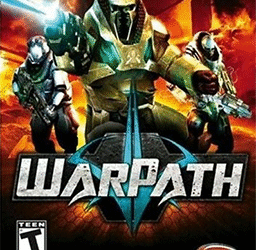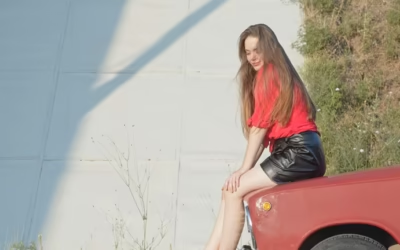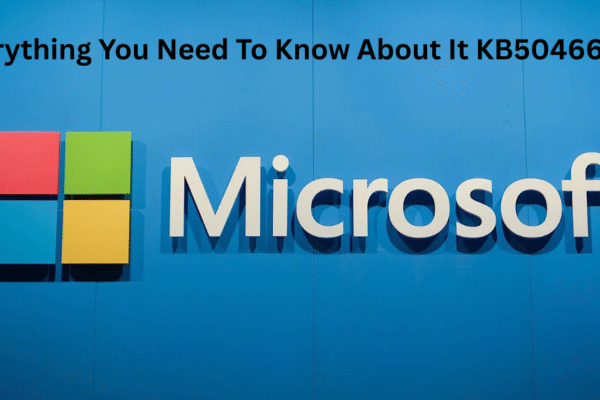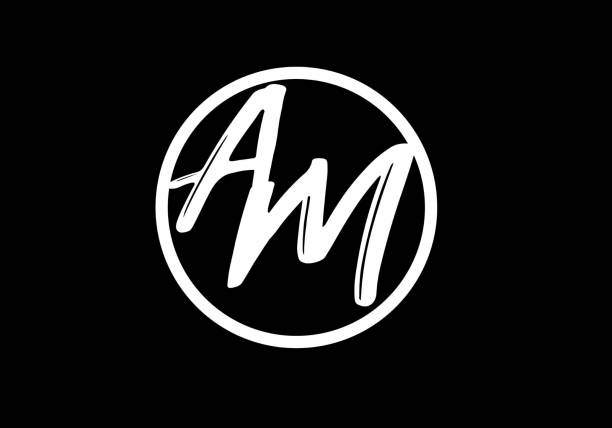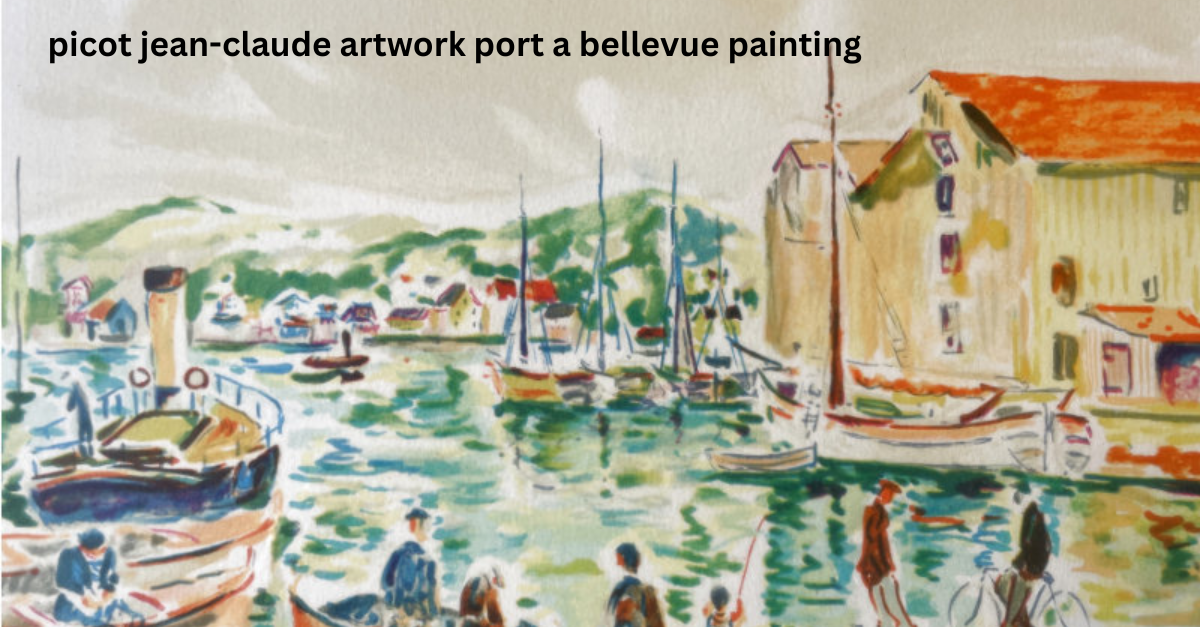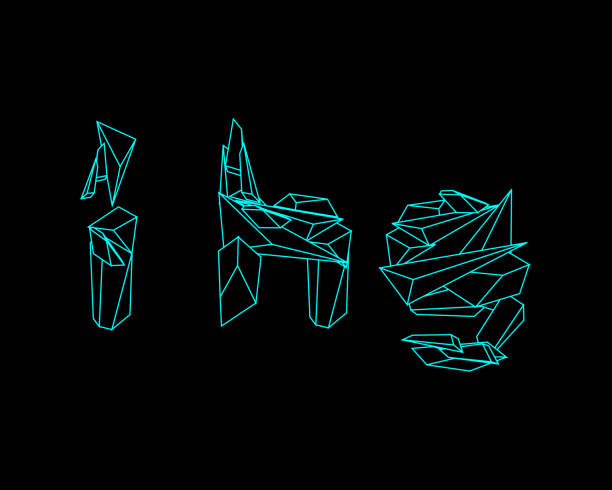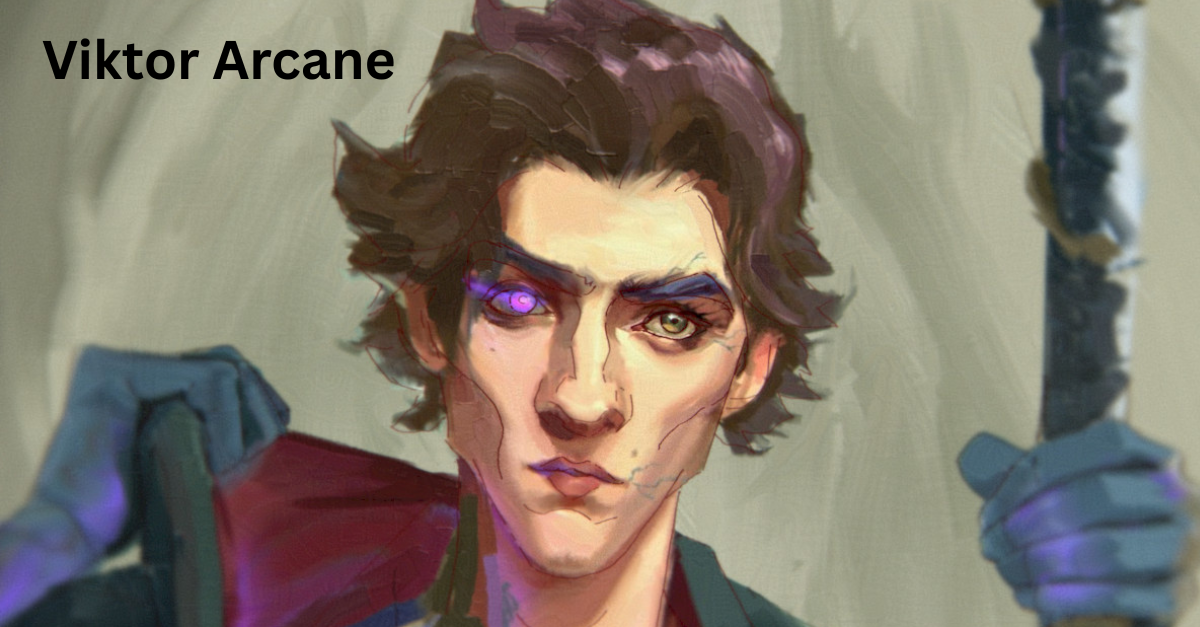
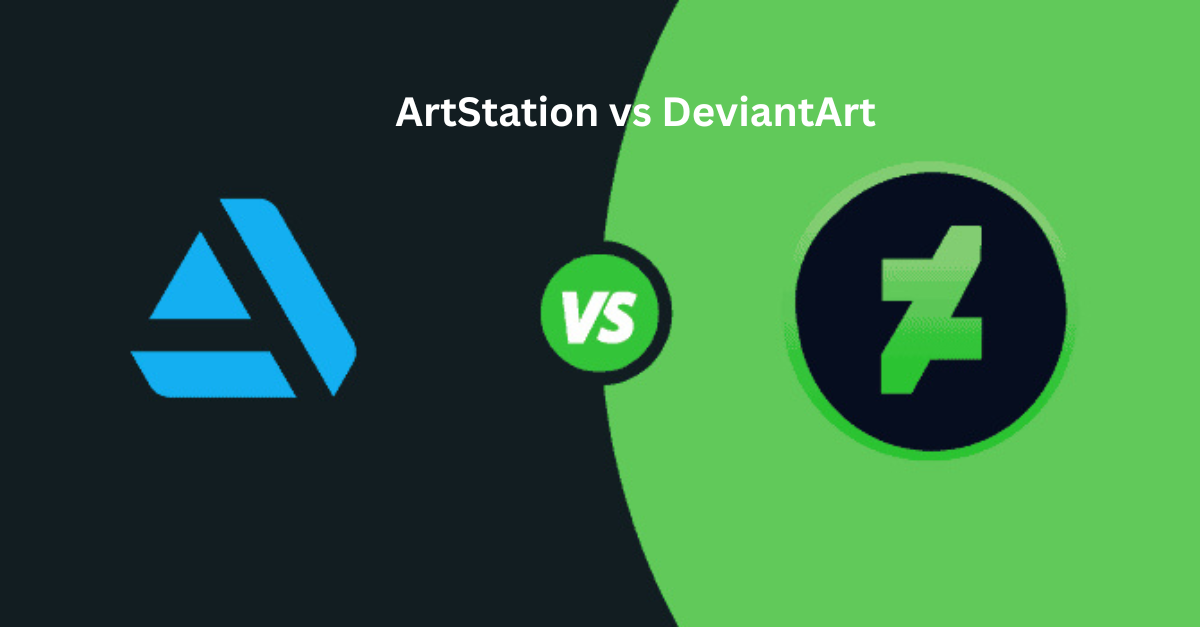
ArtStation vs. DeviantArt: Why More Russian Artists Are Choosing артстейшн
In the ever-evolving world of digital art, two platforms have long stood as the go-to choices for artists showcasing their work: ArtStation and DeviantArt. While both platforms offer distinct features for creators, there’s a noticeable shift among Russian digital artists leaning toward артстейшн—the Russian transliteration for ArtStation. This trend isn’t without reason. With professional tools, sleek interfaces, and broader exposure opportunities, артстейшн is quickly becoming the preferred home for a new generation of Russian creators.
Understanding the Platforms: ArtStation vs. DeviantArt
To understand this transition, it’s important to compare the core features of both platforms. DeviantArt, founded in 2000, is one of the oldest online art communities. It provides a space for all types of creatives—illustrators, writers, photographers, and hobbyists alike. With a community-centered approach, DeviantArt thrives on likes, comments, and group participation.
ArtStation, on the other hand, launched in 2014, caters more to professionals and serious digital artists. The platform is clean, minimalist, and industry-aligned. Portfolios on ArtStation look polished, often catching the eye of recruiters in gaming, VFX, animation, and concept art industries.
While DeviantArt is known for its vibrant and diverse community, ArtStation is viewed as the LinkedIn for digital artists—especially for those looking to advance their careers.
Why Russian Artists Are Choosing артстейшн
So, what exactly is drawing Russian talent toward артстейшн over other platforms?
1. Industry-Level Exposure and Opportunities
For many aspiring Russian artists, breaking into global markets has historically been a challenge. ArtStation solves this problem by offering direct access to recruiters, studios, and potential clients. With its integration of job boards and client directories, артстейшн makes it easier for artists to get noticed by big names in the industry.
Whether it’s concept art for video games or high-end 3D modeling, portfolios on артстейшн are more likely to appear in search engine results thanks to strong SEO infrastructure. This is especially valuable for Russian artists looking to build international careers.
2. Clean and Professional Portfolio Design
Another major reason for the shift is the visual appeal and functionality of ArtStation profiles. DeviantArt allows for a wide range of artistic styles, but its interface can feel cluttered and outdated to some professionals. In contrast, артстейшн provides a streamlined layout that emphasizes the artwork itself.
For artists who want to present their work to studios or clients, first impressions matter. ArtStation delivers a portfolio style that mirrors what hiring managers expect in the digital arts space.
3. Monetization Features and Marketplace Access
Monetization is crucial for artists looking to turn passion into profit. While DeviantArt has options like prints and commissions, артстейшн goes a step further. It offers:
- A fully integrated Marketplace for selling assets and digital products
- Print-on-demand services for artworks
- Subscriptions via ArtStation Pro for additional revenue tools
This built-in ecosystem of income-generating tools makes артстейшн highly attractive, especially for freelance Russian artists aiming for sustainability.
4. Community, Language, and Localization
Though ArtStation began with a more Western-centric focus, it’s steadily growing in its support for global artists, including those from Russia. As more Russian-speaking artists join the platform, a micro-community is developing within артстейшн itself.
Many tutorials, posts, and even official documentation are now available in Russian or with user-generated translations. This growing accessibility makes it easier for native Russian speakers to navigate the platform confidently, eliminating the language barrier that once deterred some from joining.
Comparing Monetization on ArtStation and DeviantArt
When it comes to earning potential, ArtStation generally offers more professional-grade monetization options. Its Marketplace allows artists to sell digital tools like brushes, 3D assets, textures, and tutorials. Moreover, ArtStation Pro users can create customizable portfolio websites with their own domains—a feature that adds credibility to any freelance profile.
DeviantArt, while offering commission tools and a print store, tends to attract more hobbyists and fan artists. For Russian professionals who are serious about career development, артстейшн presents more structured and lucrative opportunities.
Feedback and Critique: A Different Culture
One often overlooked difference is the type of feedback artists receive. On DeviantArt, feedback is typically community-based and casual—think of comments like “nice work” or “cool style.” While encouraging, it doesn’t always help an artist improve.
On артстейшн, feedback tends to be more detailed and professional, often coming from other artists in the industry. Russian creators who are trying to refine their skills and appeal to a commercial audience find this kind of critique far more valuable.
SEO and Discoverability for Russian Artists
One of the hidden strengths of артстейшн lies in how it boosts an artist’s discoverability online. Every post is optimized with metadata, tags, and categories that help it rank higher in search engines. Russian artists who use ArtStation have a higher chance of being found by clients searching for keywords in either English or Russian.
Moreover, having a profile on артстейшн can serve as a digital business card—one that is frequently indexed by Google and often appears in image searches. This increases visibility across borders and expands the reach of Russian creators to a global audience.
Case Study: A Russian Artist’s Journey on артстейшн
Consider the case of Dmitry, a freelance concept artist from Saint Petersburg. Initially showcasing his work on DeviantArt, he received community appreciation but limited job opportunities. After switching to артстейшн, he quickly saw an increase in visibility. Within months, his work was featured on the ArtStation homepage, and he was contacted by a European gaming studio.
Dmitry credits the clean portfolio presentation, job board access, and SEO features of артстейшн for helping him make that leap. His story mirrors that of many Russian artists who are now moving to the platform.
Final Thoughts: Which Platform Should You Choose?
Both ArtStation and DeviantArt have their merits. DeviantArt remains a fantastic space for community, experimentation, and creative freedom. It’s ideal for hobbyists or those exploring different forms of art.
However, for Russian artists serious about entering the global industry, building a strong portfolio, and earning income from their craft, артстейшн stands out. Its polished layout, career tools, and international reach provide an edge that’s hard to ignore.


